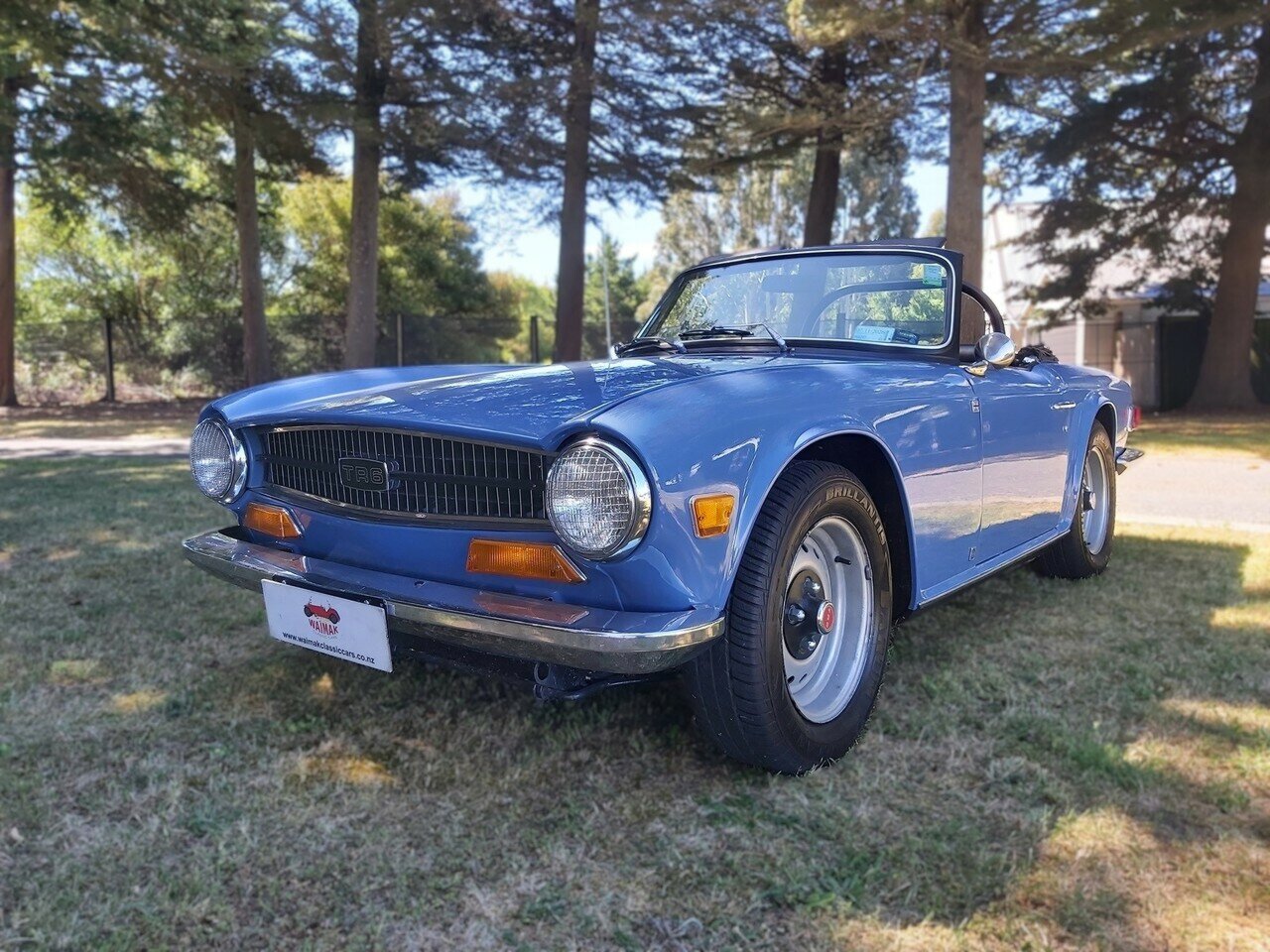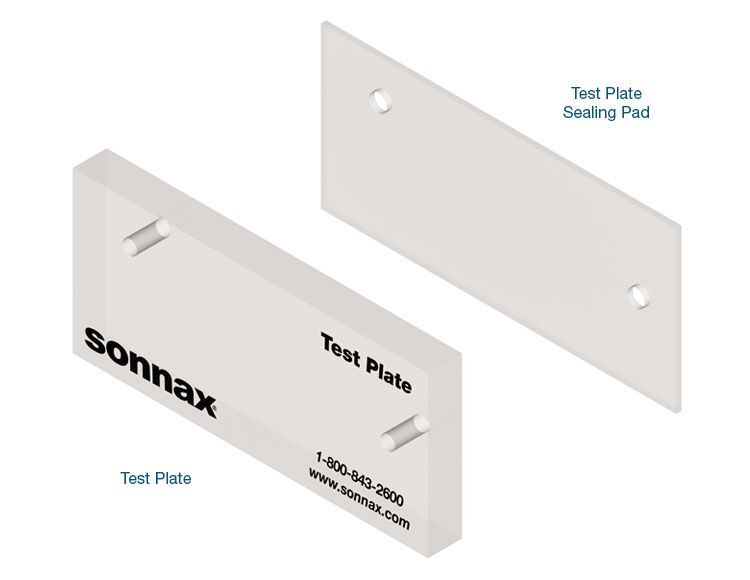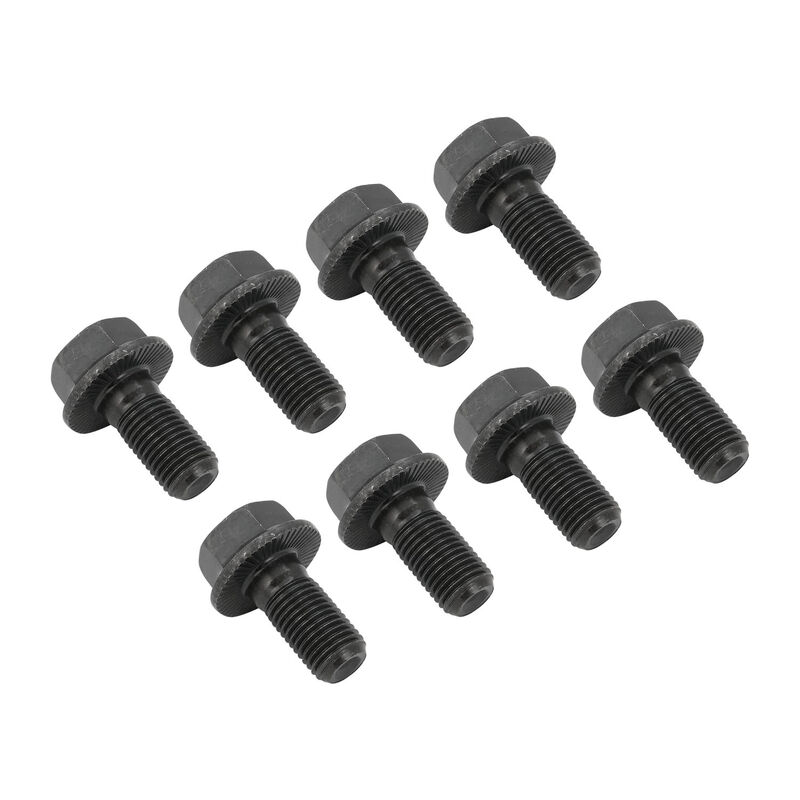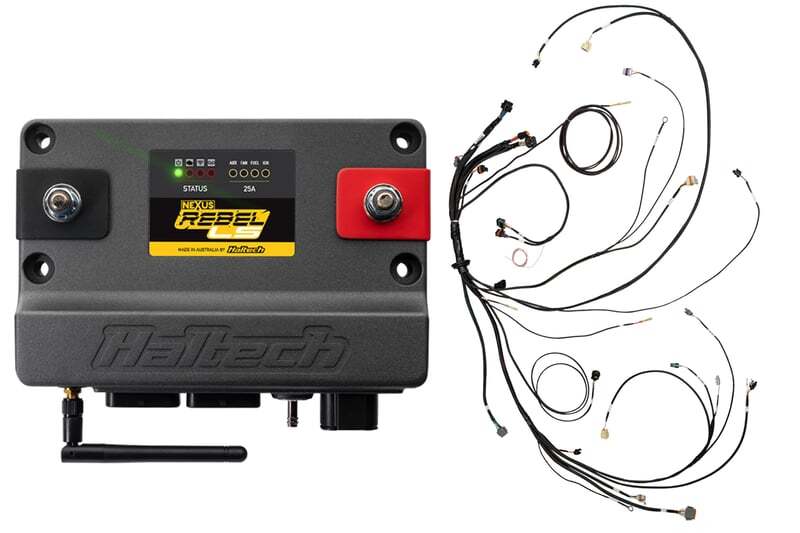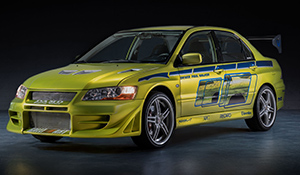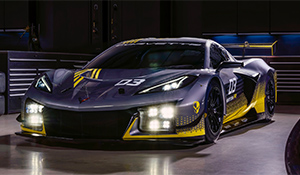Ferrari Testarossa celebrates 25th anniversary. Sept 09
Such a car is the relatively rare Ferrari Testarossa. The Testarossa was a two door coupe with a fixed roof that debuted at the 1984 Paris Auto Show. The fact that the existing Ferraris were - dare I say it - looking a little bland, saw the brains trust at Ferrari commission Pininfarina to design a spectacular super car that would once again focus attention on the red stallion brand. The Testarossa did the job perfectly.
It succeeded the Berlinetta Boxer, one of a series of cars produced by Ferrari between 1973 and 1984. The BB was by no means unspectacular, featuring a mid-mounted 180 V12.
The BB evolved from the 365 GTB/4 and was followed by the 512BB, with the 512i BB of 1981 the last of the series.
The Testarossa burst onto the stage with a dramatic profile. Unlike the previous boxer-engined Ferrari's, the Testarossa featured amazing side body strakes, slatted rear and a huge 2 metre width housed its side radiators. From the rear, it looked just as impressive, with its wide stance and extreme wheelbase.
The Testarossa was a true road car in the sense that its low body height, extreme width and high mounted boxer engine saw it totally suited to fast open road touring.
All versions of the Testarossa feature a rear mounted, five speed manual transmission. The rear mid-engine rear wheel drive layout kept the centre of gravity in the middle of the car, thus increasing stability and improving the cars cornering ability. Its official weight distribution is 40% front, 60% rear.
It was originally produced from 1984 to 1991, with just two model revisions following the end of Testarossa production and the introduction of the 512 TR and F512 M, which were produced from 1992 to 1996. Almost 10,000 Testarossas, 512 TRs, and F512 Ms were produced.
The original Testarossa was re-engineered for 1992 and released as the 512 TR at the Los Angeles Auto Show, effectively as a completely new car. The F512 M debuted at the 1994 Paris Auto Show. It was an evolution of the original with the TR initials dropped and the M - which stands for modificata - added. It also achieved further improvement in the vehicles weight distribution to 42% front, 58% rear.
The F512 M was Ferrari's last mid-engined 12 cylinder car, apart from the F50 and Ferrari Enzo, featuring the company's last flat engine.
The Testarossa was replaced in 1996 by the front engined 550 Maranello coupe.
Testarossa development
The Testarossa, or something similar, was always going to happen, following a number of faults in the 1981 512i BB proving too difficult to fix.
The new model addressed the problems of the inherent heat generated in the cabin by the plumbing system that ran from the front mounted radiator and the mid mounted engine, and a lack of luggage space.
The Testarossa was deliberately designed to be bigger than the Berlinetta Boxer, with a wheelbase some 2.5-inches longer and width a massive 6-inches wider. There was now a storage area under the front opening hood, as well as extra space behind the seats in the cabin, along with a slightly higher roof line.
These design issues addressed practical deficiencies in the previous model, but the design wasn't completed until Italian design house Pininfarina added a controversial new body.
The side strakes ('cheese graters') that spanned the doors, had a practical purpose in solving the heat build up in the cabin. The Testarossa had dual radiators in the back with the engine instead of a single radiator at the front. The side strakes provided cool air to the rear mounted side radiators, thus keeping the engine from over-heating. The strakes also made the car wider at the rear than in the front, thus increasing stability and enhancing handling.
The Testarossa retained the double wishbone front and rear suspension systems of its predecessor. It was equipped with 10-inch alloy rear wheels. Under the bonnet the Testarossa had four valve cylinder heads that were finished in red.
Powering the sports car was a 4.9-litre Ferrari Colombo Flat 12 engine mounted at 180 degrees. Each cylinder has four valves, with forty-eight valves total, lubricated via a dry sump system, and a compression ratio of 9.20:1. This produced maximum power of 291kW at 6300rpm and a massive 490Nm of torque at 4500rpm.
Its performance figures saw the Testarossa reach 0-100kmh in 5.8 seconds, and on to a maximum speed of 290 km/h.
One particularly interesting variant of the Testarossa is the Spyder, the only convertible variant of the Testarossa built. The one off car was specially made for Gianni Agnelli, the head of Fiat, as a gift. It featured a silver interior, white leather upholstery and top. Ferrari refused to put the convertible into production, however a number of unofficial conversions were undertaken, including one by Pininfarina.
The 512 TR used the same 4.9-litre engine, but produced substantially more power of 319kW at 6750 rpm and 488Nm of torque at 5500rpm. It achieved the 0-100kmh mark in 4.9 seconds, with a top speed of 314km/h. The engine was modified in many ways, including a new air intake system, Bosch engine management system, larger intake valves and a revised exhaust system. In addition to the higher peak power, the modifications delivered a broader power curve for better acceleration.
A new single plate clutch greatly improved gear shift effort, while the braking system received larger front rotors and cross drilling all round. Quicker steering, lower profile tyres and new shock setting contributed to improved handling. Significantly, engine and transmission placement was re-thought, with improved centre of gravity, further aiding the Ferrari's handling.
The F512 M again used the same engine, which was modified to produce an impressive 328kW at 6750rpm and torque of 550Nm at 5500rpm. The F512 M can accelerate from 0-100kmh in 4.8 seconds and has a top speed of 315 km/h.
Externally, the body received minor changes, including new front and rear light treatment and a slightly different front bonnet with twin air ducts. The interior also received a minor refresh, with air conditioning standard and the availability of carbon fibre racing seats.
The Testarossa is rare in Australia (perhaps 30 arrived) and asking price will be in the $150-$200,000 range.
Specifications:
Testarossa
Production: 1984 - 1996
Assembly: Maranello, Italy
Predecessor: Ferrari BB 512i
Succecssor: Ferrari 550 Maranello
Body style: 2 door Berlinetta
Layout: Rear mid-engine, rear wheel drive
Transmission: 5-speed manual
Engine: 4.9-litre flat 12 (291kW)
Wheelbase: 4485mm
Width: 19676mm
Height: 1130mm
Curb weight: 1506kg
Fuel capacity: 115-litres
Top speed: 290 km/h
Acceleration: 0-100kmh - 5.8 seconds
Designer: Pininfarina
512 TR
Production: 1991 - 1994 (2,280 produced)
Predecessor: Testarossa
Successor: F512 M
Engine: 4.9-litre flat 12 319kW
Wheelbase: 2550mm
Length: 4485mm
Height: 1135mm
F512 M
Production: 1994 - 1996 (500 produced)
Predecessor: 512 TR
Successor: Ferrari 550 Maranello
Engine: 4.9-litre flat-12 328kW
Wheelbase: 25500mm
Length: 4480mm
Height: 1118mm
Curb weight: 1455kg
Fuel capacity: 110 litres





